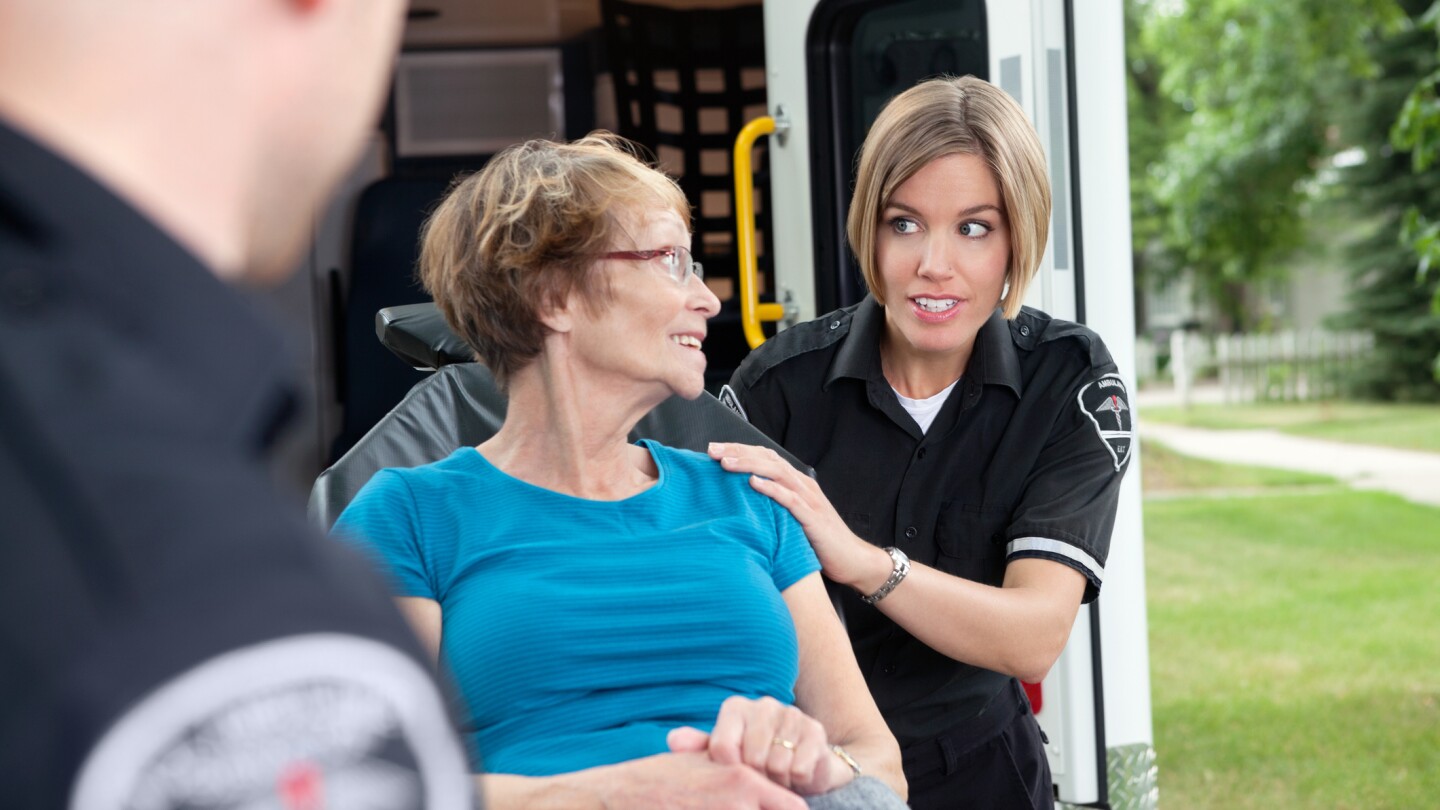Clinical
Access our directory of clinical articles in EMS, which offers in-depth information on patient assessment, treatment protocols, and emerging medical practices. This collection covers various clinical topics essential for EMS professionals, from advanced pharmacology to trauma management. Staying up-to-date with clinical knowledge is vital for delivering high-quality patient care. For additional resources, explore our section on Medical Research. Enhance your clinical expertise with our expert-driven content.
Unique considerations for responding to emergencies involving individuals with special needs
We asked our audience, “How long should you look for a patient you can’t locate?”
Why sticking around may be the single best thing you can do to get better at your job
Chris Cebollero and Kelly Grayson discuss the potential of upgraded dispatch technology that incorporates data including text messaging, photos and videos
A proposed bill would allow EMS responders to treat a patient on site and still be reimbursed for their services even if the patient isn’t transported to a hospital
Leaving the home after speaking with the man’s family, officers found firefighters finishing the mowing
Co-host Kelly Grayson and EMS1 columnist and show guest Bob Sullivan debate a BLS vs. ALS system
Paramedic and nurse educator teaches principles of dimensional analysis for medication dose calculation
You responded to a firefighter with eye pain and blurred vision; did you get the treatment steps right?
You are asked to respond to the rehab area at a working structure fire
Medical leaders presented studies on when to stop resuscitation efforts, the use of prehospital ultrasound, and how to use gravity to improve cerebral perfusion
Emergency responders overturn car to access hypothermic toddler; child has since been released from the hospital
First ambulance arrived in 13 minutes; at time of fire the system had more calls than ambulances available
They will contribute nearly $130,000 annually for a program aimed at improving pre-hospital care
In the real world it is impossible for a scene to be 100% safe; therefore we must constantly assess risk
Tranexamic acid has been used in trauma centers for years, and the drug is making its way into the prehospital setting
Adopted by Mayo One and Mayo Clinic Hospital — Saint Marys Campus emergency department in 2012
A 70 percent price hike has advocates worried it will limit the amount of narcan departments can afford to purchase
Carmel Fire Department is first in state to purchase ‘exciting technology’
Child upgraded to stable condition; her mother was found dead in the vehicle
Syncope is common and can be a warning sign of a structural or electrical abnormality in the heart that may cause sudden death
He ran into a building filled with smoke and helped rescue an elderly man; he also treated a woman for smoke inhalation
Dramatic footage shows him losing consciousness during the jump and another skydiver coming to his aid
Epi, a long-time staple of ACLS, does not improve neurologically intact survival and may even harm the patient
Study demonstrates feasibility of early paramedic administration of neuroprotective drugs to stroke patients
The milestone came after careful evaluation of the impact first-response efforts had on the outcome of the patient, and was marked by a special recognition
The oral suction tip holster is designed to provide infection control for patients and providers
Police investigate possibility that Fentanyl was mixed with heroin to increase potency
The fee aims to help the financially struggling organization, and would not bill patients directly


















